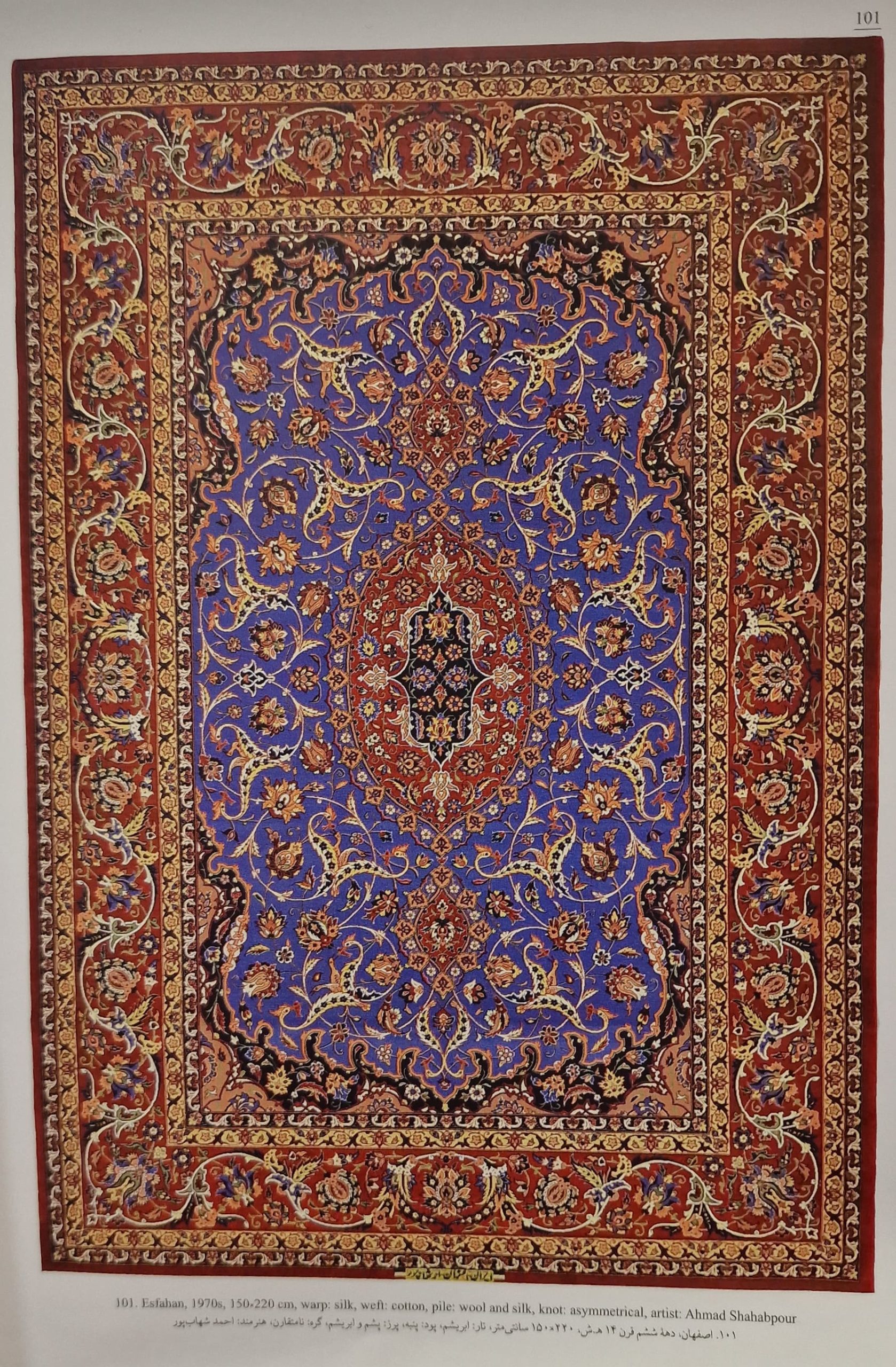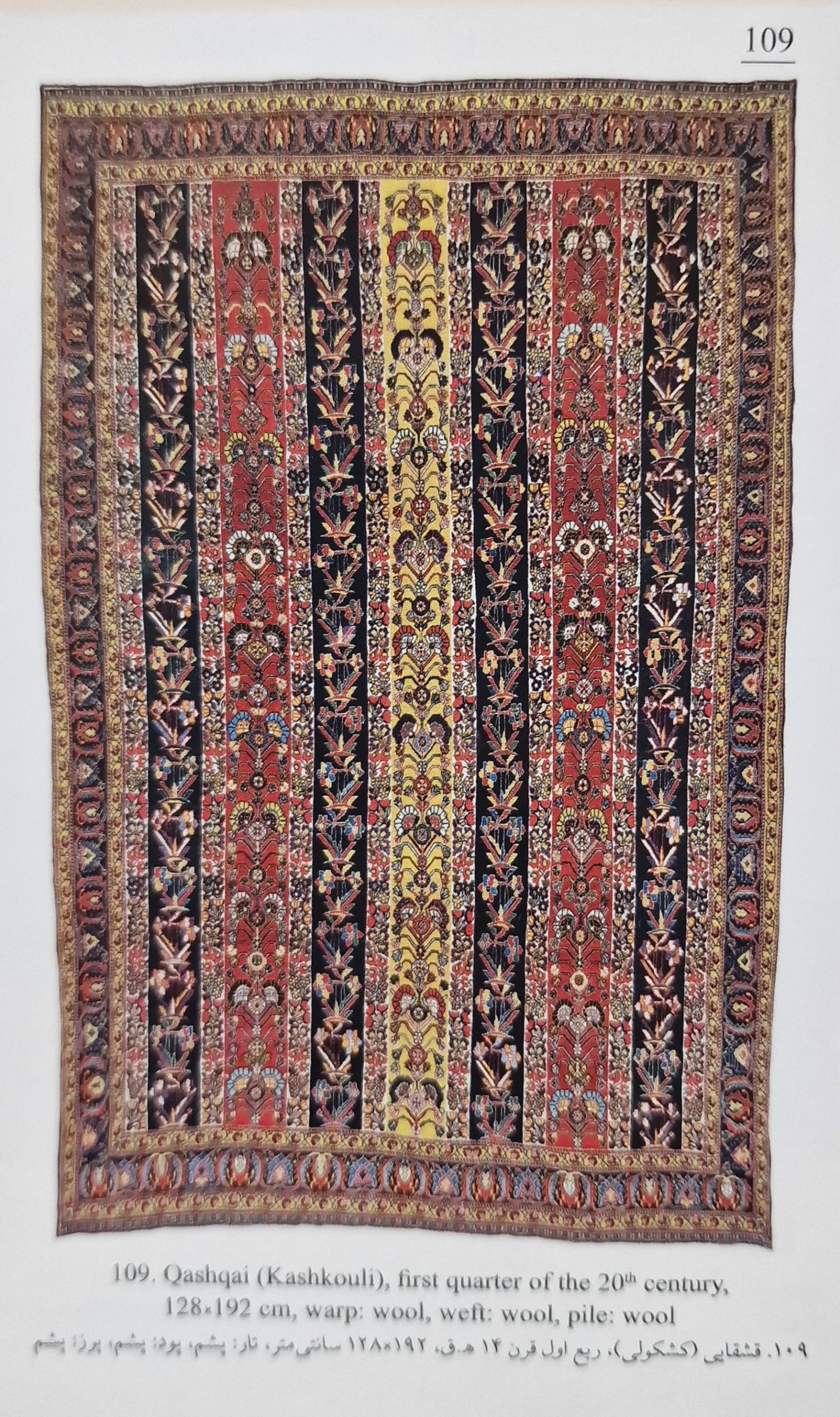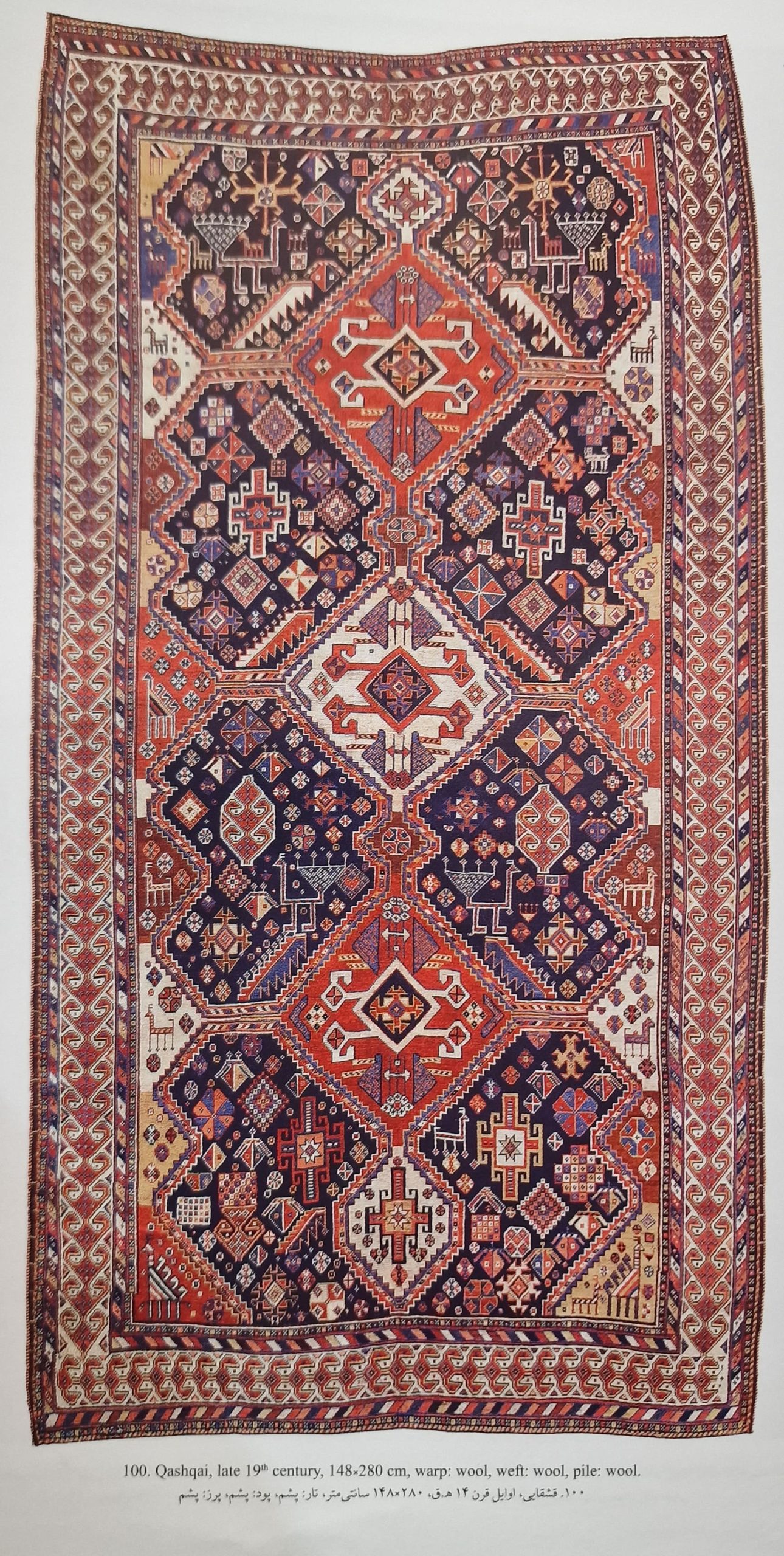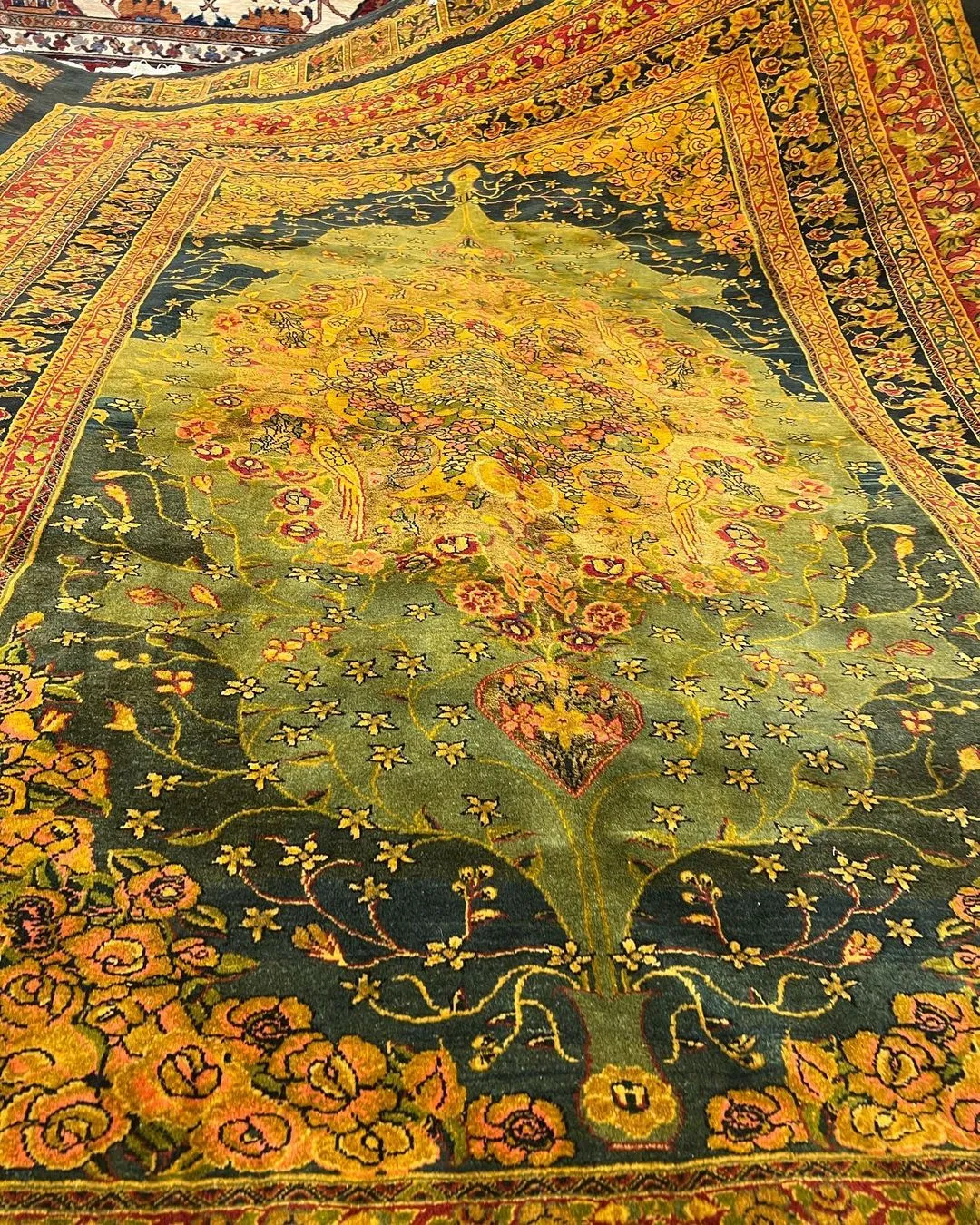Export of Iranian hand-woven carpets
Iran has a rich tradition of handwoven persian carpet production, and its carpets are highly sought after in international markets. The export of Iranian hand-woven carpets has been a significant part of the country\’s economy for many years. Here are some key points about the export of Iranian hand-woven carpets:
- Global Reach: Iranian hand-woven silk rug are exported to countries all over the world. Some of the largest markets for Iranian carpets include the United States, Europe (particularly countries like Germany, France, and Italy), and the Middle East.
- Variety of Carpets: Iran produces a wide variety of carpets, each with its own unique designs, materials, and characteristics. These carpets cater to different tastes and preferences in various international markets.
- Traditional and Modern Designs: While Iran is known for its traditional carpet designs, many weavers and designers in the country also create carpets with modern and contemporary patterns, appealing to a broader range of customers.
- Quality and Craftsmanship: Iranian hand-woven carpets are renowned for their quality and craftsmanship. Skilled artisans use high-quality materials, including fine wool and silk, and employ traditional weaving techniques passed down through generations.
- Natural Dyes: Many Iranian silk carpet use natural dyes derived from plants, roots, and insects, which contribute to their vibrant and long-lasting colors. This natural dyeing process is appreciated by collectors and buyers.
- Government Support: The Iranian government has taken steps to support the carpet industry, including providing incentives to weavers and promoting Iranian carpets in international exhibitions and trade fairs.
- Recognition and Certification: Iran has established certification processes to ensure the authenticity and quality of its hand-woven carpets. The certification marks indicate that a carpet is a genuine Iranian product, helping buyers identify authentic pieces.
- Market Challenges: The Iranian carpet industry has faced challenges, including economic sanctions that have limited trade with certain countries. Nevertheless, the industry has adapted to changing circumstances and continues to thrive.
- Global Demand: Iranian hand-woven carpets are highly sought after for their beauty, quality, and investment value. Collectors, interior designers, and homeowners around the world appreciate the craftsmanship and artistry of Iranian carpets.
- Artistic Expression: Iranian carpets are not just functional floor coverings but also works of art. Many are displayed in museums and galleries, reflecting their cultural and artistic significance.

The export of Iranian hand-woven carpets contributes significantly to the country’s economy and cultural heritage. These carpets are not only sources of income for weavers and carpet producers but also ambassadors of Iranian culture and craftsmanship on the global stage.
Click to buy a silk carpet combining machine and handwork machine rugs.
Exporting hand-woven silk carpets from Iran to all over the world
Exporting hand-woven silk pictorial carpet from Iran to markets around the world can be a lucrative business opportunity, given the demand for high-quality silk rugs. However, it\’s essential to navigate the complexities of international trade and the carpet industry carefully. Here are the steps you can follow to export hand-woven silk carpets from Iran:
Market Research:
Conduct thorough market research to identify potential markets and buyers for hand-woven silk carpets in different countries. Consider factors like demand, competition, pricing, and cultural preferences.
Quality Assurance:
Ensure that the carpets meet international quality standards and are free from defects. Quality control is critical to building a good reputation in export markets.

Compliance with Export Regulations:
Familiarize yourself with export regulations, including any restrictions or documentation requirements related to the export of silk carpets from Iran. Work with customs authorities to obtain the necessary permits and licenses.
Choose Distribution Channels:
Decide how you will distribute your carpets internationally. Options include selling directly to retailers or wholesalers in target markets, partnering with international distributors, or setting up your own showroom or online store.
Establish Relationships:
Build strong relationships with local carpet weavers and producers in Iran. Negotiate pricing and contract terms that are mutually beneficial.
Export Documentation:
Prepare all required export documentation, including invoices, packing lists, certificates of origin, and any other customs forms specific to the destination country. Export of Iranian hand-woven carpets
Transportation and Shipping:
Arrange for transportation and shipping of the carpets to their destination. Consider factors such as shipping methods (air, sea, land), insurance, and logistics. Work with reputable shipping companies experienced in handling fragile and valuable cargo.
Customs Clearance:
Ensure that your carpets clear customs smoothly in both Iran and the destination country. This may involve working with customs brokers who can assist with import procedures.
Tariffs and Duties:
Be aware of any tariffs or import duties that may apply to silk carpets in your target markets. Understanding these costs is essential for pricing your products competitively. Export of Iranian hand-woven carpets
Market Promotion:
Promote your silk carpets in target markets through marketing and advertising efforts. Consider attending trade fairs, carpet exhibitions, and cultural events to showcase your products.
Quality Control and Inspection:
Implement a rigorous quality control process before shipping to ensure that the carpets meet the expected standards.
After-Sales Service:
Provide excellent customer service and after-sales support to build trust and maintain long-term relationships with international buyers.
Legal Considerations:
Consult with legal experts to ensure that your business complies with international trade laws and regulations, including intellectual property rights and copyright issues. Export of Iranian hand-woven carpets
Payment Methods:
Decide on acceptable payment methods for international transactions. Common methods include letters of credit, wire transfers, and online payment platforms.Exporting hand-woven silk handmade carpet from Iran to a global market requires careful planning, attention to quality, and adherence to international trade regulations. Building a strong network of business contacts, distributors, and buyers in target markets is essential for long-term success in this industry. Additionally, consider seeking guidance from export promotion agencies or trade associations that can provide support and resources for international trade.

Iran\’s relative advantage in the production and export of handwoven carpets
Iran has a long and storied history of producing handwoven carpets, and the country holds several relative advantages in this industry, contributing to its position as one of the world\’s leading producers and exporters of handmade carpets. Here are some of the key factors that give Iran a competitive edge in the production and export of handwoven carpets:
- Historical Heritage: Iran has a rich and ancient tradition of carpet weaving that dates back thousands of years. This long history has allowed for the development of intricate weaving techniques, unique designs, and a deep understanding of the craft.
- Skilled Artisans: Iran boasts a large population of highly skilled and experienced carpet weavers, many of whom have learned the craft from previous generations. This tradition of craftsmanship has been passed down through families and communities for centuries.
- Diverse Carpet Types: Iran produces a wide variety of carpets, each with its own distinct characteristics and designs. Some of the most famous types include Persian carpets like Tabriz, Isfahan, Kashan, and, as mentioned earlier, Yazd carpets. This diversity allows Iran to cater to a broad range of tastes and preferences in the global market.
- Quality Materials: Iranian carpets are typically made from high-quality materials, such as fine wool and silk. Natural dyes are often used, which contribute to the carpets\’ vibrant and long-lasting colors.
- Innovative Design: While Iran has a deep respect for traditional carpet designs, it also encourages innovation. Many Iranian weavers and designers blend traditional motifs with contemporary elements, appealing to a wider customer base.
- Craftsmanship Recognition: The exceptional craftsmanship of Iranian carpets has earned them international recognition and acclaim. Many Iranian carpets are considered works of art and are displayed in museums and galleries worldwide.
- Investment Value: Iranian carpets are often viewed as valuable investments due to their quality, durability, and potential for appreciation in value over time. Collectors and enthusiasts from around the world seek Iranian carpets for their portfolios.
- Export Infrastructure: Iran has established strong trade relations and export infrastructure for carpets, allowing for the efficient distribution of these products to international markets. Major cities like Tehran and Isfahan serve as key hubs for the carpet trade.
- Cultural Significance: Persian carpets have cultural significance in Iran, and the government has supported efforts to preserve and promote this heritage. This has helped maintain and elevate the status of Iranian carpets in the global market.
- Global Demand: There is a steady and consistent global demand for high-quality handwoven carpets, and Iran\’s reputation for craftsmanship and design excellence positions it favorably in this market.

Despite challenges such as economic sanctions and fluctuations in demand, Iran\’s handwoven carpet industry remains resilient, and the country continues to be a prominent player in the global carpet market.
